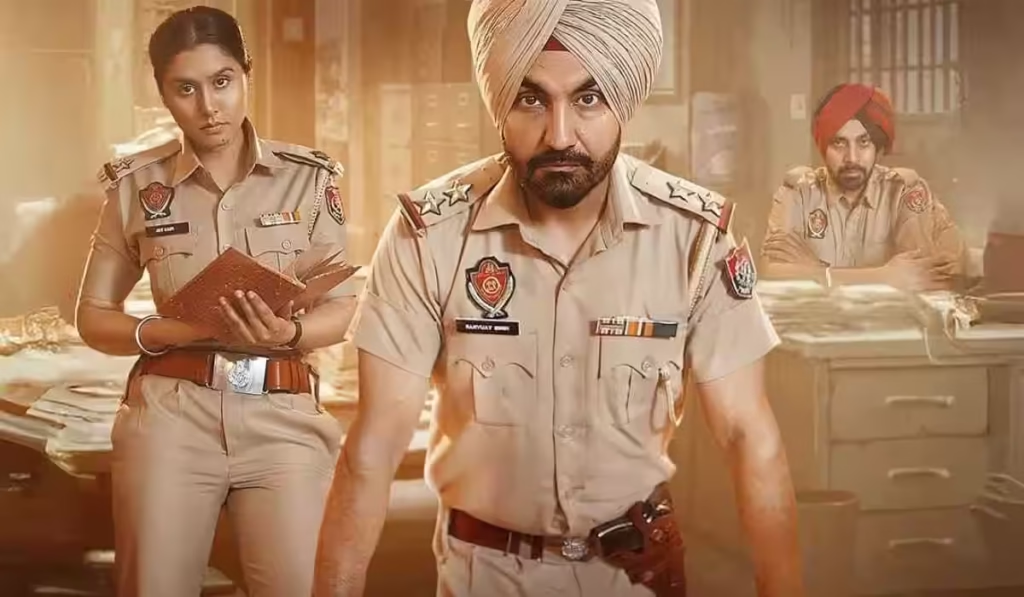Blue Van (2024) is a deeply atmospheric, emotionally charged film that takes the audience on a poignant journey of self-discovery, loss, and the complexities of human relationships. Directed by a visionary filmmaker, the movie explores a rich tapestry of themes, blending elements of drama and psychological exploration. The narrative is centered around a seemingly ordinary blue van, which serves as both a literal and symbolic vehicle of change for the protagonist, who embarks on an unexpected journey after the sudden death of a close family member.
The story unfolds in a small, secluded town, where the protagonist, a young woman named Ayesha, finds herself at a crossroads in her life. Struggling with the grief of losing her father and the burden of unresolved family conflicts, she inherits his old blue van. Initially, the van seems like just another mundane possession, but as the plot progresses, it becomes a powerful metaphor for Ayesha’s inner turmoil and quest for closure. The vehicle, often shown against the backdrop of a sprawling, desolate landscape, mirrors her emotional state, slowly evolving from an object of sorrow to one of liberation.
The film excels in its character development, especially the portrayal of Ayesha’s internal battle. The script is subtly crafted, allowing the audience to witness her transformation without relying on overt melodrama. The performance of the lead actress is nothing short of captivating. Her nuanced portrayal of a woman struggling with grief and guilt is compelling, making Ayesha’s journey relatable and deeply human. The supporting cast, though relatively small in number, brings a richness to the narrative, each character adding a layer to the emotional depth of the film.
One of the most striking aspects of Blue Van is its cinematography. The use of wide-angle shots, capturing the desolate landscapes and the small, intimate moments within the van, creates a sense of isolation that resonates with the film’s themes of loneliness and introspection. The director’s choice to focus on the details of everyday life, like the quiet hum of the van’s engine or the flickering streetlights, adds an immersive quality to the experience. The imagery is both beautiful and haunting, drawing the viewer into the emotional world of the protagonist.
The film’s pacing is deliberate, allowing the story to unfold gradually, giving space for the audience to reflect on the deeper meanings of the narrative. The soundtrack, which is sparse yet hauntingly beautiful, complements the visuals perfectly, enhancing the emotional weight of key scenes. The music does not dominate but instead serves as an undercurrent that enhances the mood of the film, adding another layer of depth to the storytelling.
At its core, Blue Van is a meditation on the complexities of family dynamics, the difficulty of letting go, and the often painful process of moving forward. It delves into themes of memory, identity, and healing, leaving the viewer with a sense of bittersweet closure. The film doesn’t provide easy answers, but rather invites the audience to reflect on their own experiences of loss and change.
In conclusion, Blue Van is a beautifully crafted film that resonates long after the credits roll. Its emotional depth, powerful performances, and stunning visuals make it a must-watch for anyone interested in character-driven storytelling. While it may not be for those looking for a fast-paced thriller or conventional plot twists, its quiet, introspective nature offers a rewarding cinematic experience for those willing to embrace its slower, more contemplative pace.

